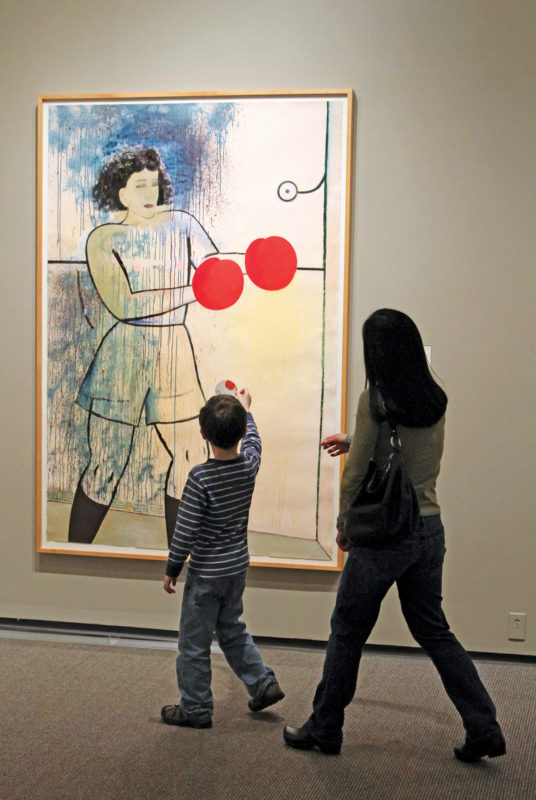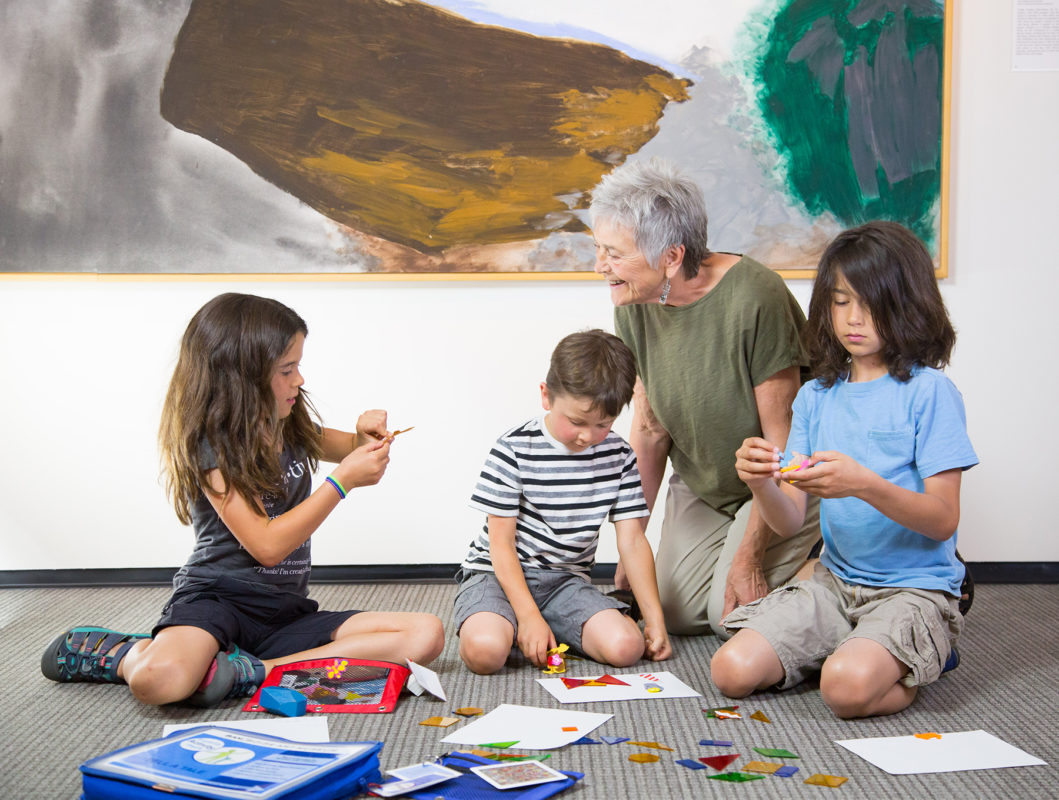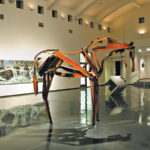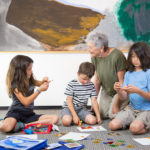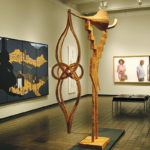Boise Art Museum
Founded in 1932, Boise Art Museum (BAM) presents art exhibitions and educational programs serving a broad public audience. BAM is the only accredited collecting visual arts museum in Idaho and serves audiences within a 300-mile radius, including all of Idaho, Eastern Washington, Eastern Oregon, Northern Nevada, and Western Montana along with visitors from every state as well as international visitors.
BAM presents a broad range of contemporary and historical art exhibitions that maximize the possibilities for artistic understanding, appreciation, and enjoyment. Select recent examples include exhibitions organized by the BAM such as Many Wests: Artists Shape and American Idea; A New State of Matter: Contemporary Glass; Minidoka: Artist as Witness; Liu Bolin: Hiding in the City; Kehinde Wiley: The World Stage: Israel; Kahn & Selesnick: Mars Revisited; as well as exhibitions organized by other institutions including Cercle et Carré and the International Spirit of Abstract Art (Georgia Museum of Art); Rick Bartow: Things You Know But Cannot Explain (Jordan Schnitzer Museum of Art); When Modern Was Contemporary: Selections from the Roy R. Neuberger Collection (American Federation of Arts); Arp, Miro & Calder (Albright-Knox Art Gallery); Nick Cave: Meet Me at the Center of the Earth (Yerba Buena Center for the Arts); The Perfect Fit: Shoes Tell Stories (Fuller Craft Museum); Critical Messages: Contemporary NW Artists on the Environment (Western Washington University); The World Stage: Contemporary Art from the Collections of Jordan D. Schnitzer and His Family Foundation (Nevada Museum of Art) along with thematic exhibitions curated from BAM’s Permanent Collection of more than 4,000 objects focused primarily on American Art with an emphasis on Northwest and Idaho artists of influence.
Exhibitions are enhanced by a wide array of educational programs designed to meet the needs of people of all ages, learning styles and interests. BAM makes original artwork accessible to everyone through direct interaction with students inside the Museum and in rural classrooms, through teacher training, classes, lectures, online resources, publications, and innovative projects and partnerships, designed to support participation and engagement in the Museum’s educational activities and exhibitions.


